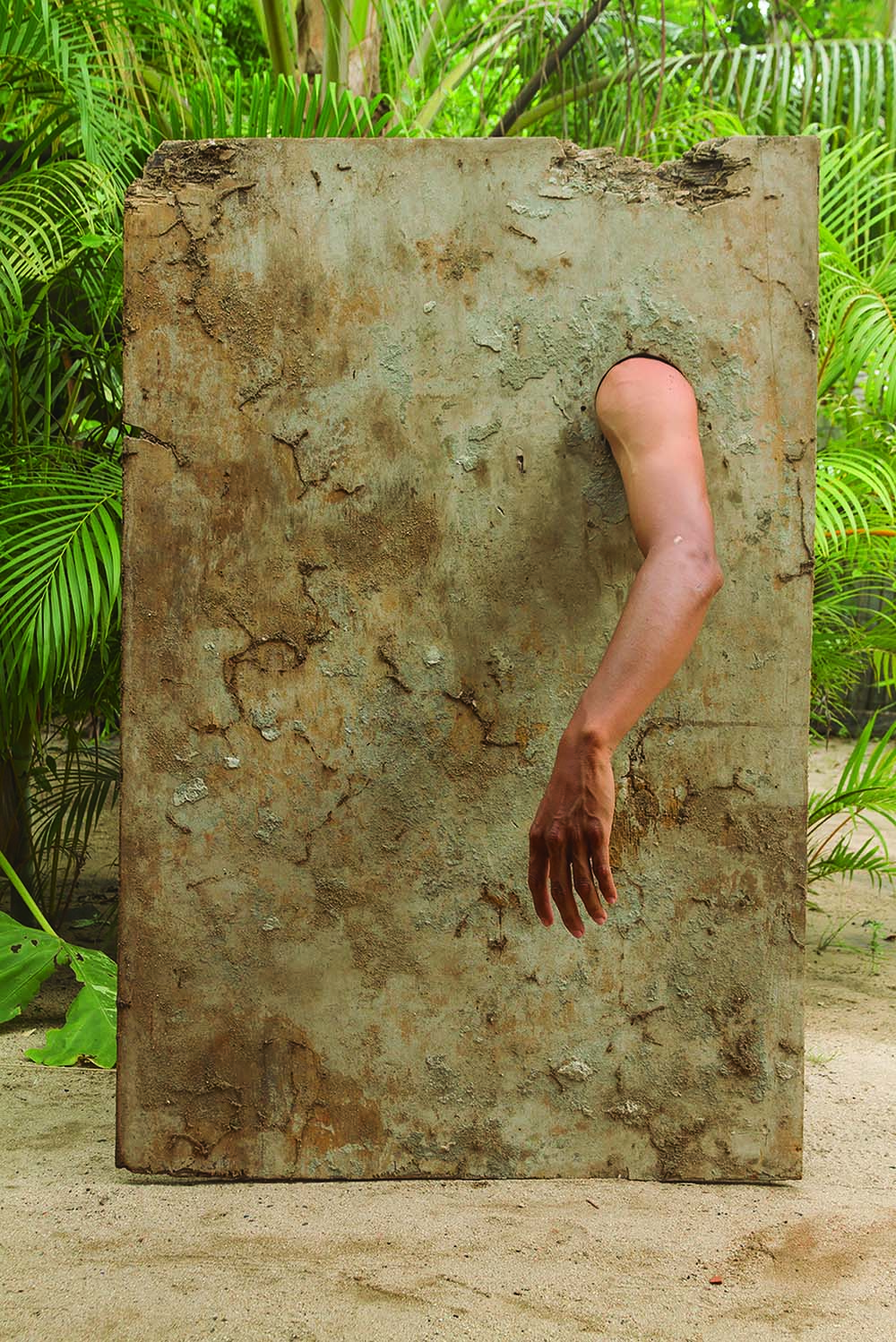
09.09.2019
Curator Abril Zales and artist Calixto Ramírez converse about the body as a tool for art and resistance, the impact of the daily gesture, and the power of the singular within a body-collective.
Not Body, but Person

Despite this and at the same time, the question remains, is it possible for art to impact those who experience it? I think it is worth trying in every way possible. Something has to happen!
Video available on Vimeo: https://vimeo.com/112223238 [Consulted on May 31, 2019].
Video available on Vimeo: https://vimeo.com/100600203 [Consulted on May 31, 2019].
Video available on Vimeo: https://vimeo.com/230604020 [Consulted on May 31, 2019]
Some interventions of Puño de tierra are availble on Vimeo: https://vimeo.com/317853644.
Comments
There are no coments available.